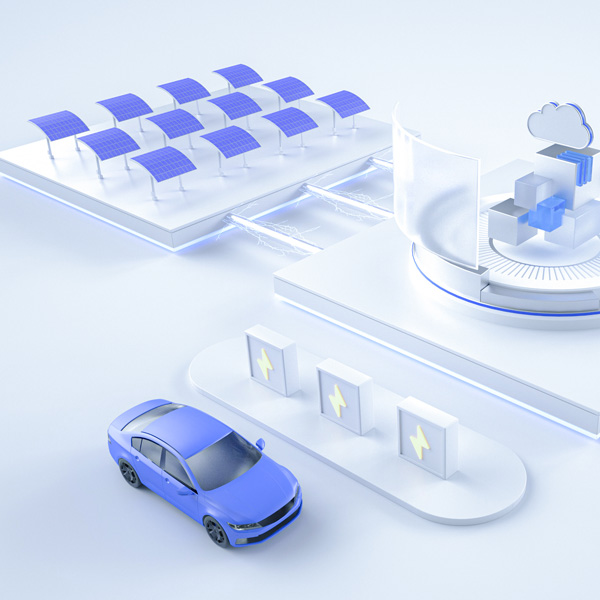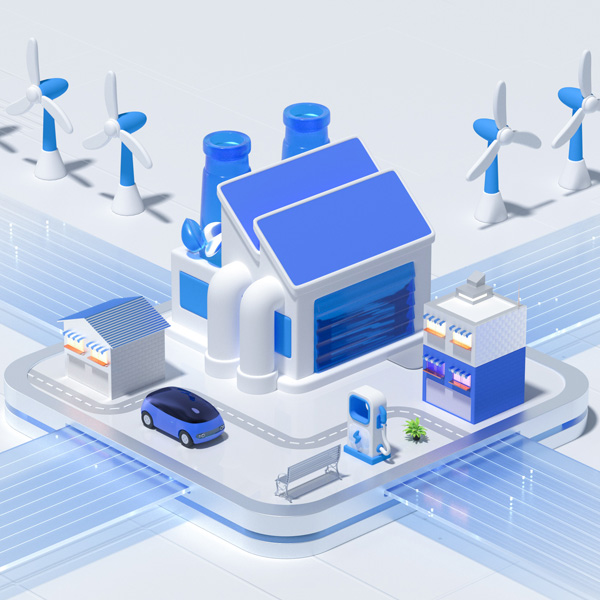Polycrystalline thin film solar cells 02
Polycrystalline thin film batteries such as cadmium sulfide and cadmium telluride have higher efficiency than amorphous silicon thin film solar cells, lower cost compared to monocrystalline silicon cells, and are also easy to produce on a large scale. However, due to the highly toxic nature of cadmium, it can cause serious environmental pollution, making it not the most ideal substitute for crystalline silicon solar cells.















